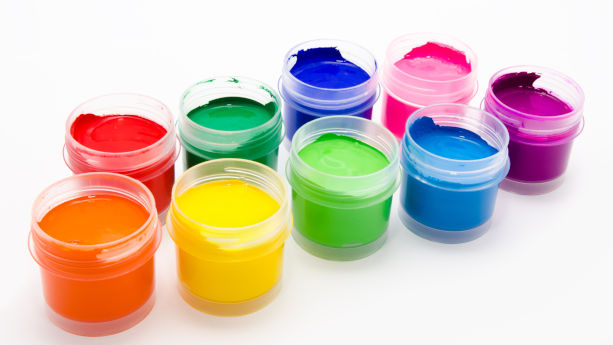
Essential oils can contain substances that are subject to various restrictions. These restrictions concern substances that are flammable, harmful to humans, labelling requirements, and documentation.
In this guide, we explain how regulations such as the CLP Regulation, Cosmetics Regulation, and REACH relate to essential oils. We also list a few standards and test methods relevant to essential oils.
Continue reading Essential Oil Regulations in the European Union: An Overview























